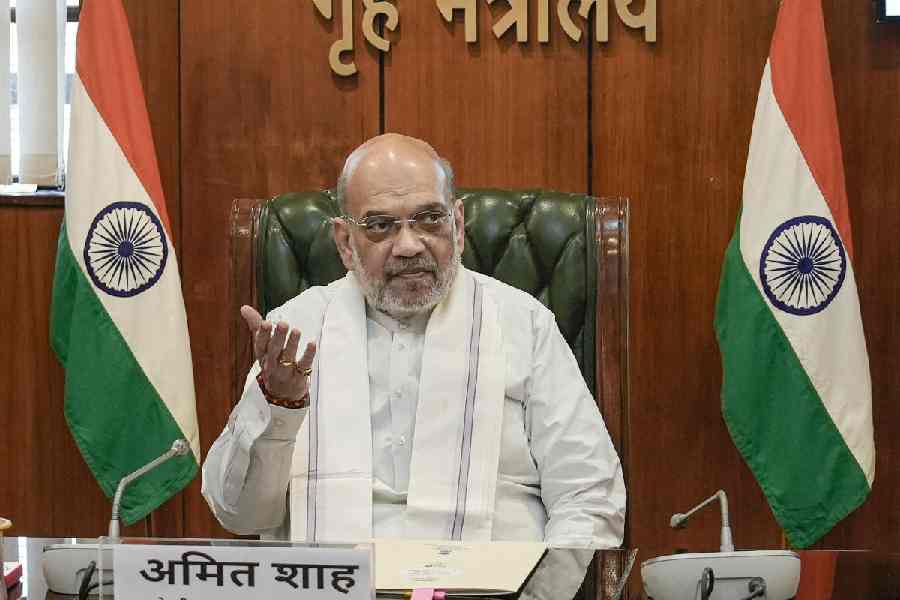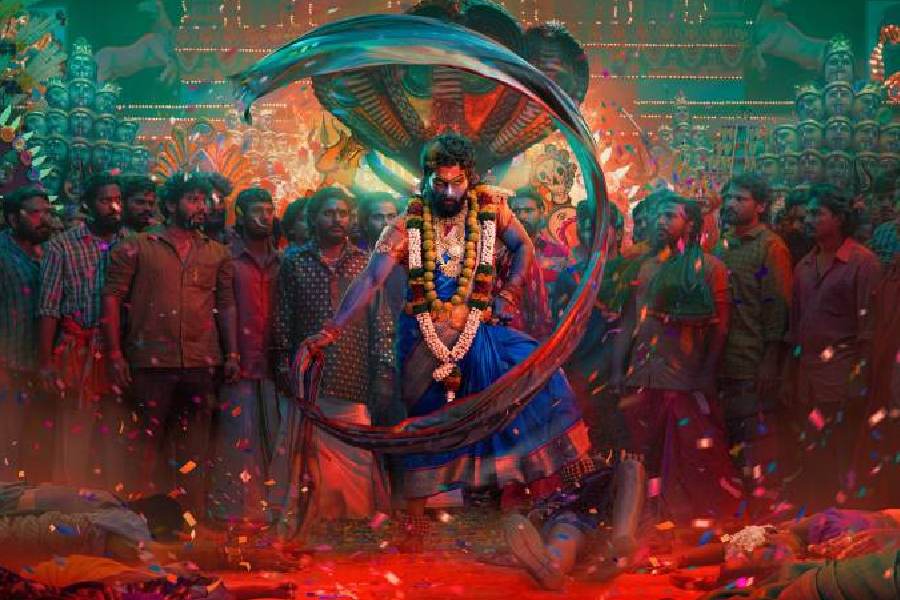On August 19, 2017, the earth caved in at Jharia’s Mohribandh, hollowed out by the underground fire. An old woman died in the cave-in, two others were injured.
Two years and three months later, Mohribandh resident Hari Chaudhary, around 40, is a broken man. Hari, who migrated from village Nimadohar in Bihar’s Gaya district to Mohribandh in Jharia, Dhanbad, in 2001 for a better life for his family, now stays alone. After the subsidence, he told his wife and children — two sons and two daughters — to leave their cracked home and go back to the village in Gaya.
A daily wager, Hari sews jute sacks for a contractor in Jharia for a living. Earlier, he made about Rs 7,000 a month. Now, because he has to travel to Gaya and back frequently, his monthly income has reduced to Rs 4,000. Ironically, his expenses have increased as he has to send money to the village.
He stays alone and says life is hard. “But I could not expose my wife and daughters, aged 20 and 18, and sons aged 8 and 5, to the subsidence again. Our house had developed big cracks after the August 2017 incident. It could have fallen on our heads while we were asleep. We were all shaken,” he said.
He added that he had to send his children back to the village hurting their education. “My older daughter is a matriculate, my younger daughter has to appear for her matriculate. My younger daughter, however, has to appear for her matriculation. My sons were studying at the Gujarati School here, I was happy with their education. Back in the village, their studies are suffering.”

Hari Chaudhary Picture by Shabbir Hussain
In Mohribandh, smoke and fire had been a part of their lives since 2001, but life had its moments too. “My sons were born here in Jharia, my income increased, we were all staying together. We had some good times here too till the subsidence changed everything. Many people fled in fear. I am staying here in a one-room place in Mohribandh because I don’t know where to go after my house developed cracks and I earn so little,” he said.
He added that Dhanbad mayor Chandrashekhar Agarwal, then ADM (law and order) Rakesh Kumar Dubey and local politicians had visited them after the incident and promised better rehabilitation. “Nothing happened,” he said.
What about the government’s long-in-the-making rehabilitation plans in the form of flats in Belgarhia, some 5km from Mohribandh?
“I don’t know,” Hari said. “All I know is that I have filled up all the forms and applications for the Jharia Rehabilitation and Development Authority (JRDA, the implementing agency for Jharia master plan). Don’t know when I will get a safe home. But Belgarhia has its own difficulties. It’s a remote place, there is no transport. I’ll have to walk to work and back,” he added.
More than 5 lakh people — or around 1 lakh families — live at 595 underground fire affected sites of Jharia, Katras, Nirsa and Baghmara which are together traditionally called the Jharia Coalfileld Region.
Does he have any message for politicians ahead of Assembly polls? “When they ask for my vote, I’ll ask them for my home,” he said.











